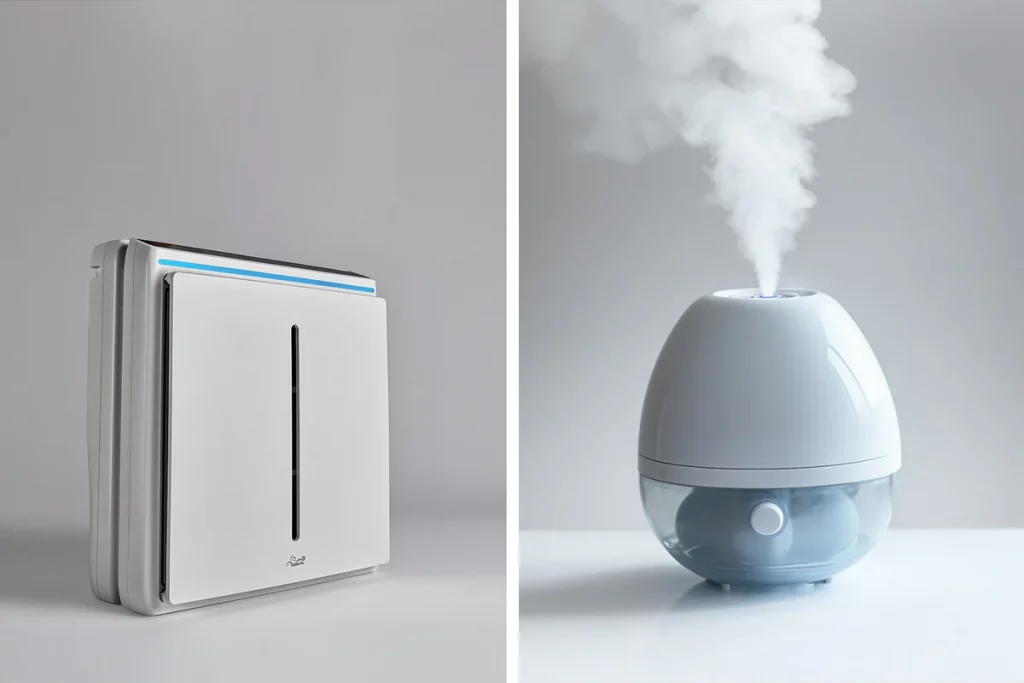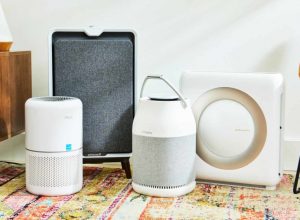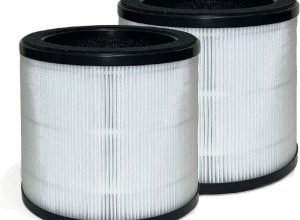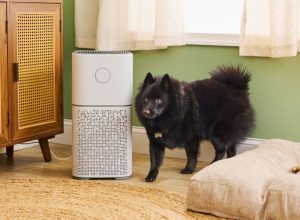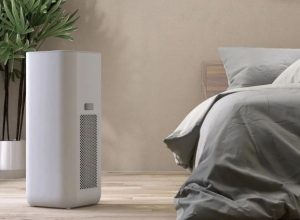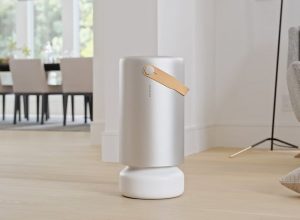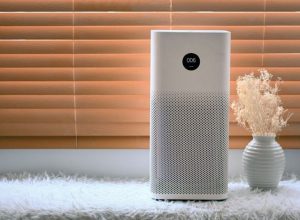Contents
Air Purifiers vs Humidifiers: What’s the Difference and Which One Do You Need?
When it comes to maintaining indoor air quality, both air purifiers and humidifiers play vital roles; however, they serve distinctly different purposes. Understanding the key differences between these two devices is crucial for determining which one is necessary for your living space.
Air purifiers are designed to remove contaminants from the air, such as dust, pollen, smoke, and pet dander. They work through various filtration methods; the most common being HEPA (High Efficiency Particulate Air) filters, which can capture up to 99.97% of particles as small as 0.3 microns. Advanced models may also include activated carbon filters to absorb odors and volatile organic compounds (VOCs). For instance, if you live in an area plagued by wildfire smoke, an air purifier can significantly enhance your indoor air quality by filtering out harmful particulate matter.
On the other hand, humidifiers are devices that add moisture to the air, an essential process especially in dry environments or during winter when indoor heating systems can lower humidity levels. Low humidity can lead to problems like dry skin, irritation of the respiratory tract, and increased susceptibility to colds and flu. Different types of humidifiers exist, such as evaporative, steam vaporizers, and ultrasonic models. For example, an ultrasonic humidifier uses high-frequency vibrations to produce a fine mist, making it an effective solution for quickly increasing ambient moisture levels. This can be particularly beneficial in a nursery, where maintaining a comfortable humidity level can help soothe infants’ dry skin and respiratory issues.
While air purifiers focus on filtering and purifying the air, humidifiers can help alleviate discomfort caused by dry air. Choosing between the two depends largely on the specific air quality issues you face in your home. If your space is plagued by allergens or pollutants, investing in an air purifier is advisable. Conversely, in areas where humidity is low, a humidifier is recommended to enhance comfort and health. In some cases, households might benefit from using both devices simultaneously; for instance, during allergy season coupled with dry winter months, the combination can create a healthier indoor environment.
| Device | Primary Function | Best Use Case |
|---|---|---|
| Air Purifier | Removes airborne particles and contaminants | For homes with allergies, pollution, or smoke |
| Humidifier | Adds moisture to the air | For dry climates or during winter months |
Understanding Air Purifiers
Air purifiers are designed to filter and remove pollutants from the air in your home. These pollutants can include dust, smoke, pet dander, mold spores, and even volatile organic compounds (VOCs). They accomplish this by using various filtration technologies, such as HEPA (High-Efficiency Particulate Air) filters, activated carbon filters, and ionizers.
How Air Purifiers Work
Air passes through the filter media that captures particles and aerosols. Some air purifiers use a multi-stage filtration system that can significantly improve overall air quality. For instance, a HEPA filter can trap 99.97% of particles that are 0.3 micrometers in diameter. Other technologies, such as UV light, can neutralize bacteria and viruses, providing an additional layer of protection.
Understanding Humidifiers
In contrast, humidifiers are devices designed to add moisture to the air. This is particularly beneficial in dry environments where low humidity can lead to respiratory problems, dry skin, and static electricity. Humidifiers are important for maintaining optimal humidity levels, which can enhance comfort and prevent health issues.
How Humidifiers Work
Humidifiers function by releasing water vapor into the air, which increases humidity levels. There are several types of humidifiers:
- Evaporative Humidifiers: Utilize a fan to blow air through a wet wick filter, evaporating water into the air.
- Ultrasonic Humidifiers: Use ultrasonic waves to create a fine mist of water droplets.
- Steam Vaporizers: Boil water to produce steam, which cools before being released into the air.
Key Differences Between Air Purifiers and Humidifiers
| Feature | Air Purifier | Humidifier |
|---|---|---|
| Main Function | Removes airborne pollutants | Adds moisture to the air |
| Primary Benefits | Improves air quality, reduces allergens | Relieves dry skin, respiratory issues |
| Common Technologies | HEPA filters, activated carbon, ionizers | Evaporative, ultrasonic, steam |
| Target Contaminants | Dust, pollen, smoke, bacteria | Dry air |
| Maintenance Requirements | Regular filter changes, cleaning | Frequent refilling, cleaning to prevent mold |
Deciding Which One You Need
The choice between an air purifier and a humidifier largely depends on your specific indoor air quality needs:
- Choose an air purifier if: You live in an area with high levels of pollution, have allergies or asthma, or are concerned about airborne viruses and bacteria.
- Choose a humidifier if: You experience dry skin, dry sinuses, or other symptoms of low humidity, especially during winter months or in arid climates.
Conclusion
In summary, both air purifiers and humidifiers are beneficial for maintaining a comfortable and healthy indoor environment but serve different purposes. Assessing your specific air quality concerns will guide you in determining which device is appropriate for your needs. For optimal air quality, it may also be advantageous to use both an air purifier and a humidifier in unison, as they can complement each other effectively.
